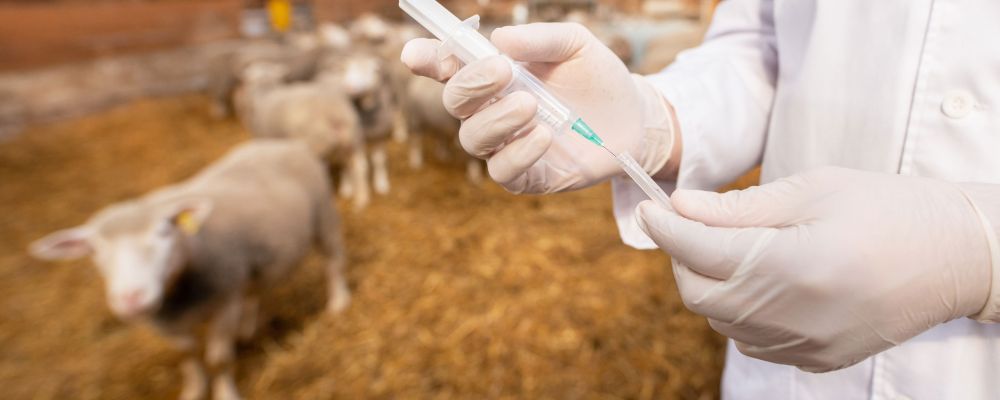- The ANMV
- Our activities
- Administrative formalities
- Our Publications
- Europe & International
- Europe
- International
- World Organisation for Animal Health (WOAH)
- International harmonisation of technical requirements for the registration of veterinary medicinal products (VICH)
- Pharmaceutical inspection cooperation scheme (PICs)
- Organisation for Economic Co-operation and Development (OECD)
- Codex Alimentarius
- Cooperation agreements
- E-learning module
Portal Veterinary medicinal products


The prospect of a vaccine for African swine fever
A vaccine to combat African swine fever could be produced based on research carried out by ANSES’s Ploufragan-Plouzané-Niort Laboratory. The initial results obtained are promising and are paving the way for an effective means of combating this disease, which is responsible for high mortality rates in pigs and wild boar in several countries in Europe, Asia and the Caribbean.
The European Union has been experiencing an outbreak of African swine fever (ASF) since 2014. This disease has caused major losses in wild boar populations and on pig farms. The virus has not yet been detected in France but is currently circulating in Italy, Poland and Germany. There is no treatment for the disease, which cannot be transmitted to humans.
As part of its mandate as National Reference Laboratory for ASF, the Pig Virology and Immunology (VIP) Unit of ANSES’s Ploufragan-Plouzané-Niort Laboratory inactivated the Georgia 2007/1 viral strain, which is currently circulating in the European Union. While monitoring the effects of this heat inactivation, it happened to detect an attenuated strain, derived from the Georgia strain. This strain only caused a slight fever in infected animals, whereas infection with the Georgia strain is normally fatal in 100% of cases.
Promising results for a future vaccine
The team carried out a series of studies with this attenuated strain and confirmed that most pigs inoculated intramuscularly or oronasally with this virus showed only mild symptoms. Although safety was not perfect, survival was much better than with the original viral strain.
“Intramuscular vaccination is the method most commonly used on farms” explains Marie-Frédérique Le Potier, Head of the VIP Unit. “Oral vaccination could be used to vaccinate wild boar using bait. This method was used for classical swine fever in the early 2000s and eradicated the disease from areas of France where it was present. That is why we tested both routes of administration from the beginning”.
Another promising result is that infected pigs develop an immune response, which allows them to resist infection with the ASF virus without showing any symptoms, as early as two weeks after vaccination. These results were published in the journal Viruses in December 2022.
Adaptations to allow for large-scale production by industry
ANSES's scientists continued to work on the attenuated strain, in particular so that it could multiply in cell lines produced in vitro and not in cells that had to be taken from pigs, as had initially been the case. This step was a success, raising the possibility of producing the vaccine on a large scale. As an added bonus, the strain of virus produced in this way caused fewer symptoms than the original attenuated strain, while still being effective.
Studies are still under way, in particular to ensure that this attenuated strain cannot be transmitted from one animal to another or become virulent again. The scientists will also assess the ability of the vaccine to prevent animals that are vaccinated and then exposed to the pathogenic ASF virus from retransmitting the virus.
Wild boar are the first potential target for vaccination
The vaccine developed by ANSES’s scientists has the advantage of not being produced by genetic manipulation, making it easier to authorise its use in the wild. Indeed, wild boar would probably be the first target for the vaccine in Western Europe. This is the most affected species, and the presence of the virus in wildlife constitutes a risk for pig farms.
In order for these scientific discoveries to lead to effective industrial developments and ultimately to the production of vaccines, it must be possible to transfer them to the veterinary pharmaceutical industry. To this end, the laboratory filed a patent for the vaccine that was published last August. The Ouest Valorisation Technology Transfer Office (TTO) is supporting ANSES in encouraging interested manufacturers to exploit this patent.